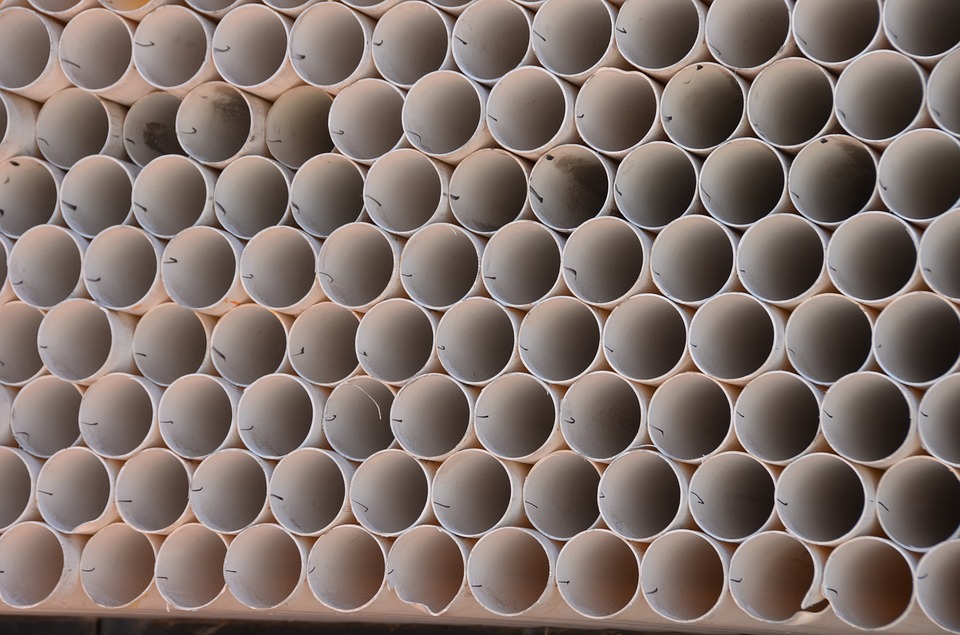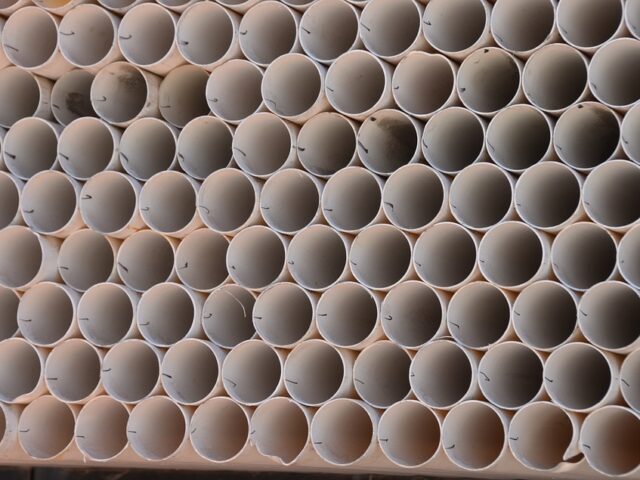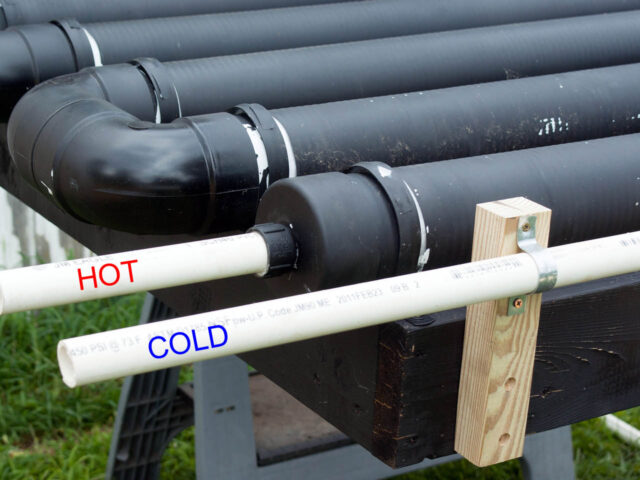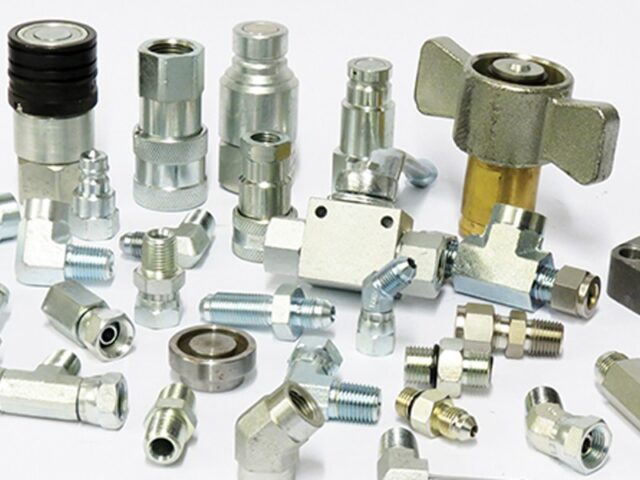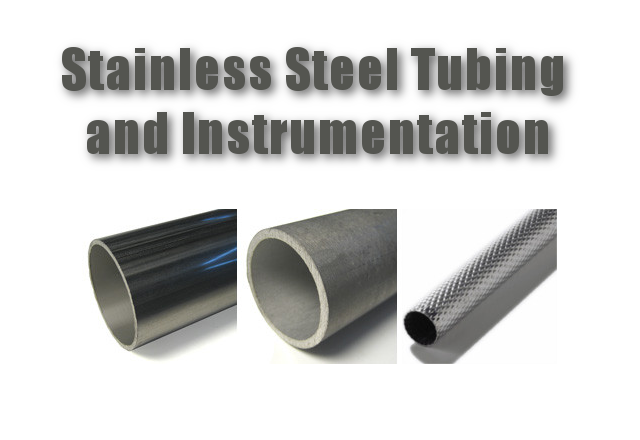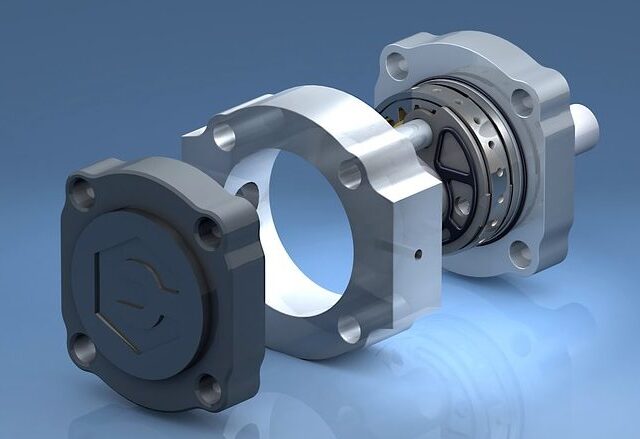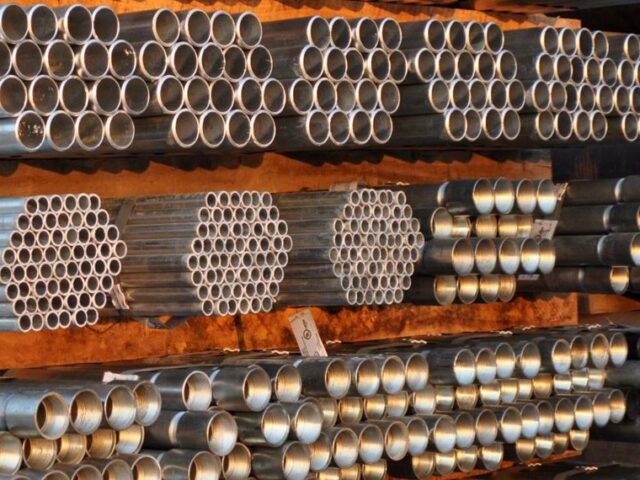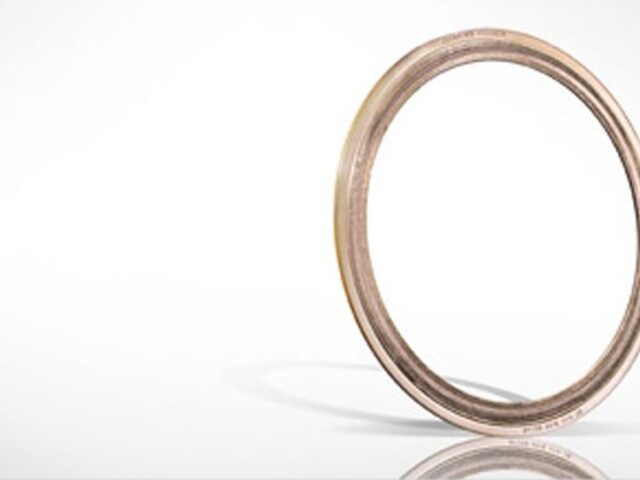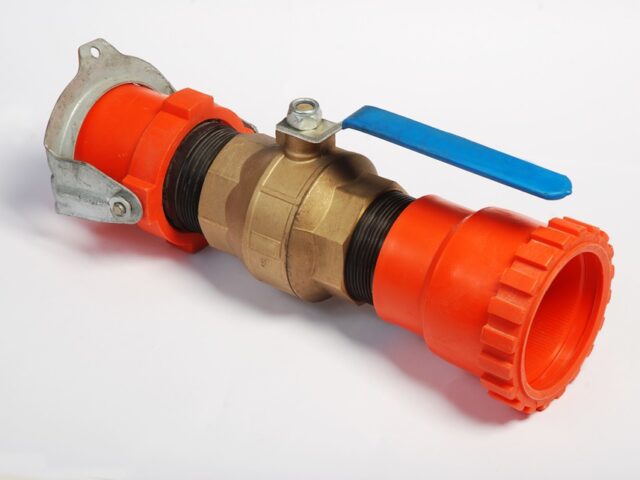PVC vs. CPVC: What’s the Difference?
Both PVC and CPVC are widely used, but many may be wondering how much does that extra ‘C’ change things? We will explain the differences between PVC and CPVC. Differences Between PVC and CPVC The first C in CPVC stands for Chlorinated. How much chlorine CPVC has depends on the manufacturer, but it can be…
Both PVC and CPVC are widely used, but many may be wondering how much does that extra 'C' change things? We will explain the differences between PVC and CPVC. Differences Between PVC and CPVC The first C in CPVC stands for Chlorinated. How much chlorine CPVC has depends on the…
View moreOur PVC piping can be useful for industrial, commercial and personal DIY projects. Here are just a few of the many benefits of our PVC piping for a variety of applications. PVC Piping is Useful in a Variety of Industries PVC Ductwork for Home Builders Our PVC piping comes in…
View moreWe carry DOT Tubing developed for brake system connections that maintain a basically fixed relationship between couplings during vehicle operation. Our tubing is made from nylon and is available in more than ten colors for quick identification of lines. Our Air Brake tubing is produced in a Type A (Single-wall…
View moreBy definition, seamless means "perfectly consistent". However, many people confuse the terms "seam-free" and "welded-and-drawn" when it comes to selecting tube. Seamless tubing, welded tubing and seam-free tubing all appear to be consistently free of seams. However, a closer look reveals significant differences. We will discuss the differences between these…
View morePneumatic fittings connect sections of pipe, tube and hose in pressurized gas systems. Compared to hydraulic fittings, pneumatic fittings are generally characterized by tighter seals and lower pressure requirements. They are common in pneumatic logic control systems and instrumentation. We will discuss pneumatic fitting specifications and materials. Specifications of Pneumatic Fittings…
View morePneumatic fittings connect sections of pipe, tube and hose in pressurized gas systems. Compared to hydraulic fittings, pneumatic fittings are generally characterized by tighter seals and lower pressure requirements. They are common in pneumatic logic control systems and instrumentation. We will discuss the vessels and types of pneumatic fittings. Pneumatic Fittings:…
View moreHydraulic fittings can connect a variety of materials, including tubes, pipes or hoses to components such as pumps, valves or cylinders. When combining these components, you create a leak free system that hydraulic fluid allows for safe transmission. There's a multitude of fitting configurations and variations to choose from. So,…
View moreSteel is one of the most crucial construction metals in the world. This may be common knowledge, but many do not understand the difference between carbon steel and other types of steel. Like any other specific type of steel, the carbon version of this metal contains specific properties unique to…
View moreStainless steel covers a wide range of alloys with different properties. One property all stainless steels have in common is that they all contain at least 12 percent chromium. They can be divided into three main groups: Austenitic stainless steel, Ferritic stainless steel and Martensitic stainless steel. We will discuss…
View moreValves are not necessarily the most exciting tool in any toolkit. However, they're not only heroes in their own right but absolutely vital to make any building's management system run smoothly. Knowing what kind of valve you need when you're working with a range of pressure applications is crucial. We…
View more
